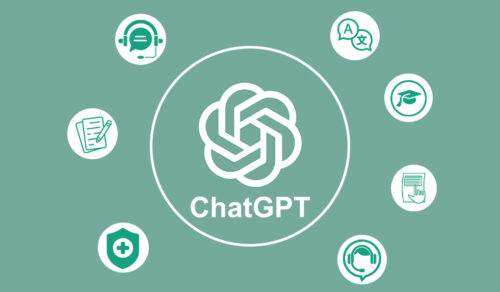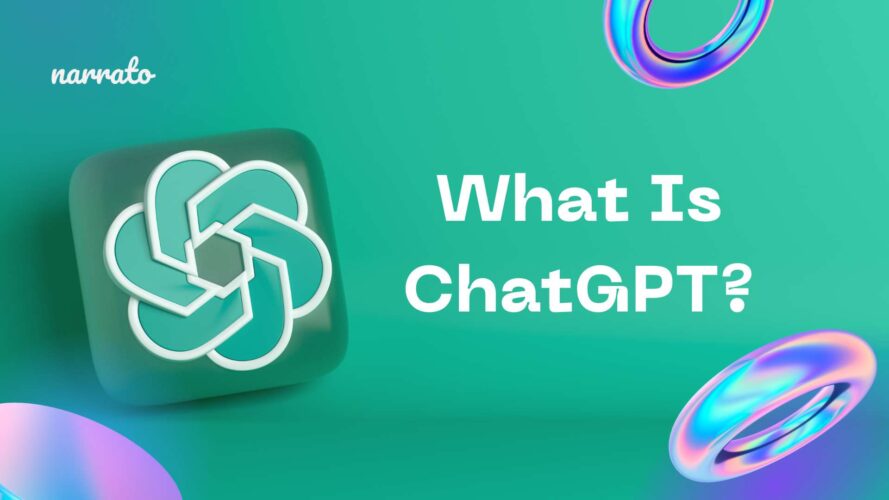What is ChatGPT?
Giveaway Best – ChatGPT is a state-of-the-art language model created by OpenAI. It uses machine learning to generate text based on the input it receives. It’s capable of understanding context and producing coherent and relevant responses, making it useful for a wide range of applications, from casual conversation to complex research.
Key Features and Capabilities
- Natural Language Processing: ChatGPT can understand and generate human-like text.
- Versatility: It can be used for writing, researching, coding help, and more.
- Accessibility: Easy to access through various platforms, including web interfaces and APIs.
Getting Started with ChatGPT
Creating an Account
- Visit the OpenAI WebsiteGo to OpenAI’s website and sign up for an account.
- Sign UpFill in the required information to create your account. You’ll need a valid email address.
- Verify Your EmailCheck your email for a verification link from OpenAI. Click on the link to verify your account.
Accessing ChatGPT
- Log InUse your credentials to log into your OpenAI account.
- Navigate to ChatGPTFind ChatGPT under the services or products section on the OpenAI platform.
- Start a New SessionClick on “Start Chat” or a similar button to begin a new ChatGPT session.
How to Use ChatGPT
Writing Effective Prompts
- Be Clear and SpecificClear and specific prompts help ChatGPT understand what you’re asking for. For example, instead of saying “Tell me about cats,” you might say “Tell me about the different breeds of domestic cats and their characteristics.”
- Provide ContextProviding context can lead to more accurate and relevant responses. For instance, “Explain the process of photosynthesis as if I’m a high school student” gives ChatGPT a better idea of how to tailor the explanation.
Using ChatGPT for Various Purposes
- Creative WritingUse ChatGPT to brainstorm ideas, write stories, or generate dialogue for characters. For example, “Write a short story about a detective in a futuristic city.”
- Research and Information GatheringAsk ChatGPT for information on specific topics. For example, “Explain the causes and effects of the Industrial Revolution.”
- Coding HelpGet assistance with coding questions and problems. For example, “Help me write a Python function to sort a list of dictionaries by a specific key.”

Advanced Techniques
Fine-Tuning Responses
- Ask for RevisionsIf the initial response isn’t quite right, ask ChatGPT to revise it. For example, “Can you make that explanation simpler?” or “Can you provide more detail on that point?”
- Use Follow-Up QuestionsEngage in a back-and-forth conversation to refine the information. For example, “What are some examples of this in history?” can follow an initial historical explanation.
Using ChatGPT for Specific Tasks
- Generating IdeasUse ChatGPT to generate ideas for projects, marketing, content creation, and more. For example, “Give me ten blog post ideas about sustainable living.”
- Simulating ConversationsCreate simulated conversations for training or practice. For example, “Pretend you are a customer asking about the features of a new smartphone.”
Best Practices
Crafting Clear and Concise Prompts
- Be DirectDirect prompts are easier for ChatGPT to understand. For example, “Describe the main events of World War II” is more direct than “Tell me about WWII.”
- Limit the ScopeNarrow down the focus to get more precise answers. For example, “Explain the economic impact of the Great Depression in the United States.”
Managing Expectations
- Understand LimitationsChatGPT is powerful but not perfect. It may occasionally produce incorrect or nonsensical responses.
- Review and Verify InformationAlways review and verify the information provided by ChatGPT, especially for critical tasks.
Common Issues and Troubleshooting
Handling Errors and Inconsistencies
- Clarify Your PromptIf you receive an inaccurate response, try rephrasing or clarifying your prompt.
- Use Specific QuestionsSpecific questions can help reduce the chance of errors. For example, “What year did the Titanic sink?” rather than “Tell me about the Titanic.”
Getting Better Results
- Experiment with Different PromptsExperiment with different ways of phrasing your questions to see which yields the best results.
- Use Contextual CuesProvide contextual cues within your prompts to guide ChatGPT’s responses.
Privacy and Security
Data Usage and Privacy Concerns
- Understand Data HandlingBe aware of how your data is handled by reviewing OpenAI’s privacy policy.
- Limit Sensitive InformationAvoid sharing sensitive or personal information in your prompts.
Safe Practices for Using ChatGPT
- Monitor Your SessionsKeep an eye on your interactions to ensure they remain productive and safe.
- Report IssuesIf you encounter any inappropriate or unsafe content, report it to OpenAI.
Conclusion
Using ChatGPT effectively involves understanding how to craft clear prompts, managing your expectations, and utilizing the tool for a variety of tasks. With practice, you can harness the full potential of ChatGPT for creative projects, research, and much more.
FAQs about What is ChatGPT?
What is ChatGPT best used for?
ChatGPT is versatile and can be used for creative writing, coding assistance, research, information gathering, and simulating conversations.
Can ChatGPT understand and generate text in multiple languages?
Yes, ChatGPT can understand and generate text in multiple languages, though its proficiency varies depending on the language.
How do I improve the quality of ChatGPT’s responses?
Improving the quality of responses involves crafting clear and specific prompts, providing context, and using follow-up questions for refinement.
Is ChatGPT free to use?
OpenAI offers both free and paid versions of ChatGPT, with the paid version providing more advanced features and capabilities.
What should I do if ChatGPT gives an incorrect response?
If ChatGPT gives an incorrect response, clarify your prompt, ask follow-up questions, or rephrase your query to get more accurate information.

